Introduction
Each and every transaction will fall under the ambit of trust and possibly related with buying or selling. These transactions are built upon a specific relationship between the parties. For every relation, trust is important and the transaction cannot go through, if there is a breach of trust thus giving rise to disputes between the parties. To avoid the breach of trust, there has to be a certain set of obligations which the parties have to abide by, thus, narrowing down their abilities to invite a foul play in the promised deal. Mortgage and charge are the common obligations put forth by the parties on each other which could be of small or large nature.
Definitions
Mortgage
It is a debt instrument by a financial institution with respect to the specified real estate property. It is a transfer of interest opted by the home buyer which needs to be repaid in pre-decided installments and failing to repay will allow the respective financial institution to take possession of that property which is said to be mortgaged. Mortgages are also known as ‘liens against property’ or ‘claims on property’. Types of mortgage are as follows –
- Simple Mortgage – No possession is delivered of mortgaged property but failure to repayment of debts allows the mortgagee to sell the property and recover the debt.
- Mortgage by conditional sale – A condition is put in this sale under which the repayment of debt becomes void after a certain period which makes the sale absolute.
- Usufructuary Mortgage – Possession of property is transferred to the mortgagee until the debt is recovered through it which could be from rent obtained from it and is then retransferred to the mortgagor.
- English Mortgage – The property is transferred to the mortgagee and is retransferred to the mortgagor after payment of all the debts.
- Mortgage by deposit of title deeds – Followed in towns of Calcutta, Madras and Mumbai where the creditor deposits the title deeds in the interest of creating a security thereon as mortgage.
- Anomalous Mortgage – It is a combination of all the other mortgages aforementioned.
Charge
It is an immovable property in consideration of a person. This is made as a security against the payment of money to another by act of parties or operation of law. Its transaction does not translate to mortgage and is said to have a charge on the property. The provisions which are applicable to simple mortgage are also applicable to charge.
- Charge of a Trustee – A charge of a trustee on an immovable property cannot be eliminated as it is responsible for the maintenance of the trust and extinguishing such a charge can destroy the trust due to lack of funds. But after reimbursement of the expenses out of income of the trust, the charge thus can be put to an end of the trust property.
- No notice about the charge to Transferee – A person who had no knowledge about the existing charge on the property as no notice was given by the transferor to the transferee; the charge therefore cannot be enforced upon the transferee. The charge can be only enforced when the transferee was aware about the existing charge on the respective property before or during the transfer of property being taken place.
Differences between Mortgage and Charge
| MORTGAGE | CHARGE |
| Ownership of immovable property is transferred for security purpose. | Security purpose is established without transfer of property. |
| It is created by both the parties i.e. borrower and lender. | It is created by the parties or operation of law. |
| Creation of Mortgage is through contract. | Charge is created through statute. |
| Possession of the asset could be with the lender. | Possession of the property is with the borrower. |
| There is only a transfer of title involved. | There is only a transfer of interest involved. |
| There is a fixed time limit on mortgage. | Time limit on charge could be absent. |
| Mortgage is only on immovable property. | Charge could be on movable property as well. |
| Example: ‘A’ takes a loan from ‘B’ and ‘B’ remains in possession of ‘A’s’ property including the title, till the debts are repaid in a stipulated amount of time. | Example: ‘A’ owns a property which he has rented out but the right on the rent earned from the property belongs to ‘B’. |
Conclusion
The minor differences between mortgage and charge have been clarified above and we can conclude that every mortgage is a charge but every charge is not a mortgage. Unless the transfer is carried out, the existing mortgage and charge is a responsibility of the parties concerned but onto a transfer, the interest can be will be transferred to the transferee. It can be held legal provided that the transferee has the knowledge of the pending dues over the respective property before the transfer takes place and the transferee has given consent for the said condition. There are multiple interpretations of both and are governed by ‘The Transfer of Property Act, 1882’.
Article by Mr. Saurabh Pawar in April, 2021 while interning at the Chambers of Advocate Shankarlal Raheja.
Disclaimer: The views herein are personal and while careful attention has been given to ensure that the information is accurate the author assumes no liability or responsibility for any reliance thereon. This article is merely an information-sharing activity and is not a substitute for legal advice. It must be noted that we shall not be liable for any loss or damage caused due to any reliance thereof.
